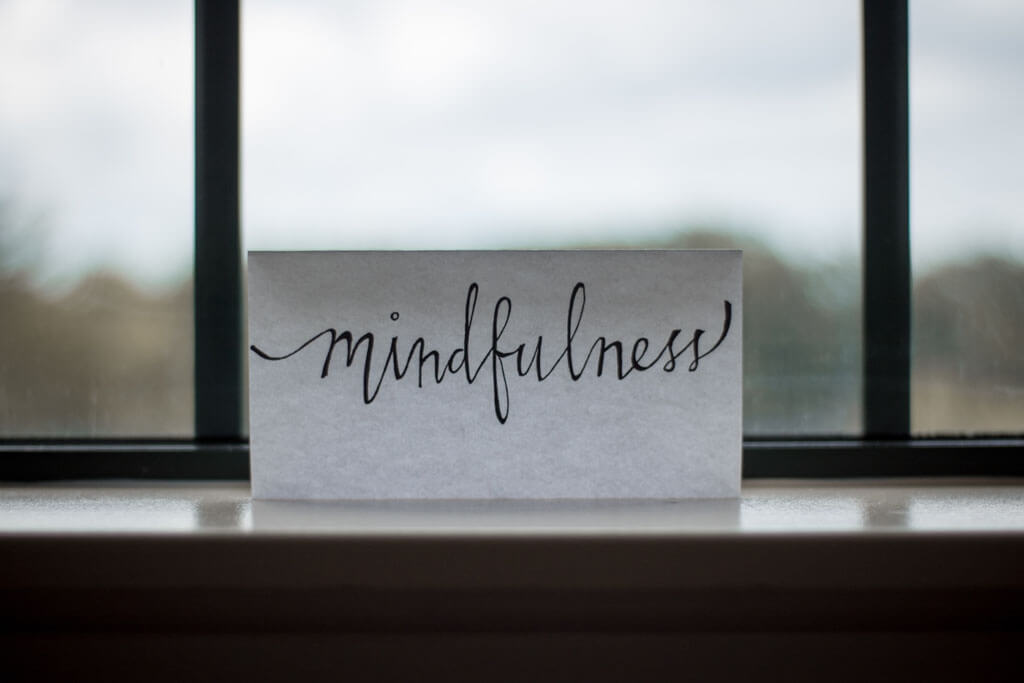Wellness takes many forms, and getting yourself into shape in the new year isn’t only about sweating it out in the gym. Extensive research on meditation has revealed its numerous health benefits, including stress and anxiety relief, improving productivity and increasing self-control.
But while it’s a proven relaxation technique, there’s more to it than just sitting back and closing your eyes. We’ve put together the ultimate beginner’s guide to help you discover the art of meditation – which Canadian singing legend Leonard Cohen called the “certain sweetness to daily life that began asserting itself.”

Make Time
Meditation is not a matter of not finding time, but rather making time. Block out space in your calendar, or wake up 15 minutes earlier to incorporate the practice into your morning routine. Don’t be afraid to start small: three to five minutes each day is said to deliver benefits, like learning new behaviours and abandoning old habits.
Research shows that the ability to resist urges is the key to succeeding in almost anything we do, and meditation is no exception. If you need a little extra kick to get started, try testing your self-motivation level and working out the best way to start practicing daily.
Understand The Basics
Beginners tend to fret about finding perfect focus without distraction, but a better goal is to gradually improve awareness of when your mind is drifting, and bringing it back to your practice.
This awareness of thought process is an underlying principle of Cognitive Behavioural Therapy, a common psychotherapy technique that helps people restructure negative thoughts. In this spirit, another habit to learn from the start is not to criticise yourself or panic if your mind is wandering – like exercise, it’s a process of learning, practicing and improving that will benefit from dedication.
Learn To Breathe
Most meditation styles use the rhythm of breath as a focal point. However, a common rookie error is to focus on protracted breathing rather than using your natural breathing pace. The key is to be aware of your breath, not to change the way you breathe; if you’re too tense, you may end up holding your breath.
The breath meditation gurus at breathmeditation.org recommend closing your mouth and breathing through your nostrils, but ensuring that your jaw muscles are relaxed so the upper and lower teeth are not clenched or touching one another. The focal point, then, is the sensation of the breath coming in and out of the nose, not coming in and out of the body.
While breath is the foundation of all meditation, a solely breath-based practice is difficult for beginners. Thankfully, there are plenty of great tools out there to help you on your journey.
Embrace Technology
There are a number of great apps and podcasts to help you meditate, which can be especially useful for beginners and those who need guidance to focus. Download a few to try, and put your phone on airplane mode when it’s time to chill so that no one can distract you – and you can’t distract yourself.
Among the most popular apps are Headspace and Calm, which mix free items with purchases, while The Mindfulness App integrates with your existing fitness apps. Insight Timer hosts over 7,000 guided meditations, and is the most popular free app on the market.
Self-compassion pioneer Dr Kristen Neff runs a fantastic website with resources including research, exercises and podcasts for the mindfulness movement that she says “entails being warm and understanding toward ourselves when we suffer, fail or feel inadequate, rather than ignoring our pain or flagellating ourselves with self-criticism.”

Concentration
Concentration meditation involves focusing on a single point so that awareness stays on the chosen object of attention. Whenever you notice your mind wandering, acknowledge and then let go of the thoughts that have arrived in your mind. This is usually the most challenging meditation practice, so start with only a few minutes and work to a longer goal.
The object can be the nose, feeling the breath moving in and out, staring at a candle flame or incense smoke, or repeating a mantra in your mind, such as one, here and now, or a word in another language, like ananda (“bliss” in Sanskrit).
Consciousness
Mindfulness is the foundation of meditation, so consider adding some other tools to your routine. A number of scholars have conducted studies into keeping gratitude journals – writing down positive things for which you are thankful – and the results show that doing this each day reduces stress and increases happiness.
If you’re struggling to find time or going through a hectic period, many people find mindfulness cards helpful to carry or keep at work. Mindfulness cards usually contain an inspiring idea or phrase, as well as a short mental exercise intended to centre you in the present. Picking one out can help focus and calm a frazzled mind, and remind you to take time out and be kind to yourself.

Walking
Sitting still just isn’t for everyone, particularly people who are bound to their desks all day. Fidgety types may want to consider walking meditation. A guide from the University of California, Berkeley recommends the steps adapted from Jon Kabat-Zinn’s Mindfulness-Based Stress Reduction programme, which, like breathing meditation, involves consciously thinking about something that comes naturally.
Suspend Judgement
In some ways, suspending judgment of your practice can be the hardest part of your newfound embrace of mindfulness. It may be exercise for the mind, but there’s no zen in thinking about it like a race. One of the key things to remember is that there is no right and wrong in meditation – it is the process of equipping yourself with proven techniques to deal with whatever life throws at you. #staysafe #stayathome #selfisolation
Article by Elle Hardy














Sorry, the comment form is closed at this time.